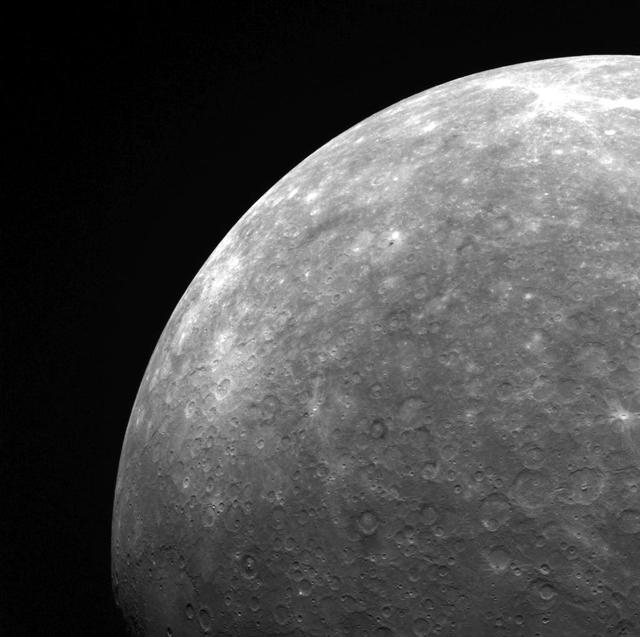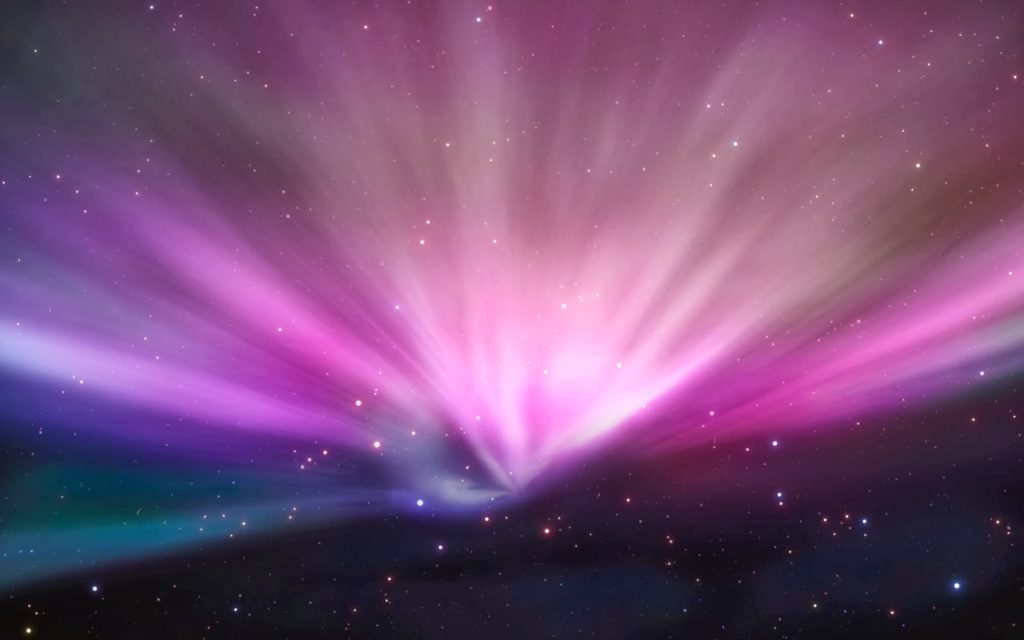Starwatch for May 2019
Written by Karl Hricko on May 21, 2019
Hello! I’m Karl Hricko of United Astronomy Clubs of NJ and the National Space Society, bringing you the May Starwatch for the WNTI listening area.
Oh, be a fine girl or guy, kiss me. This is not a personal request, but a memory aid. It prompts you to remember how stars are classified. From the hottest blue-white O stars to the coolest red M stars. Annie
Jump Cannon developed this star classification. It’s still used today with slight modification. Originally, stellar classification was based on the amount of hydrogen in a star. This system went from A to Q. Miss Cannon rearranged the system on the basis of the strength of the dark lines in the star’s spectrum.
The spectrum of a star is obtained by the use of a prism or diffraction grating which divides light into the colors of the rainbow. This rainbow is broken by a series of vertical dark lines. The strength of these lines reveal the temperature of the star.
Since Miss Cannon called her home the “star cottage”, this month, you can look for the planets from your own star cottage. At dusk to the west, Mars moves from Taurus to Gemini. After midnight, if you look south, you’ll see Jupiter in Ophiuchus. At the same time and direction, Saturn appears in Sagittarius. Mercury and Venus are not visible to the naked eye.
So as you look to the night sky, I hope the memory aid O,B,A,F,G,K,M works in the way that you want it to work.
Until our next Starwatch – Don’t forget to check out … What’s up in the night sky!



